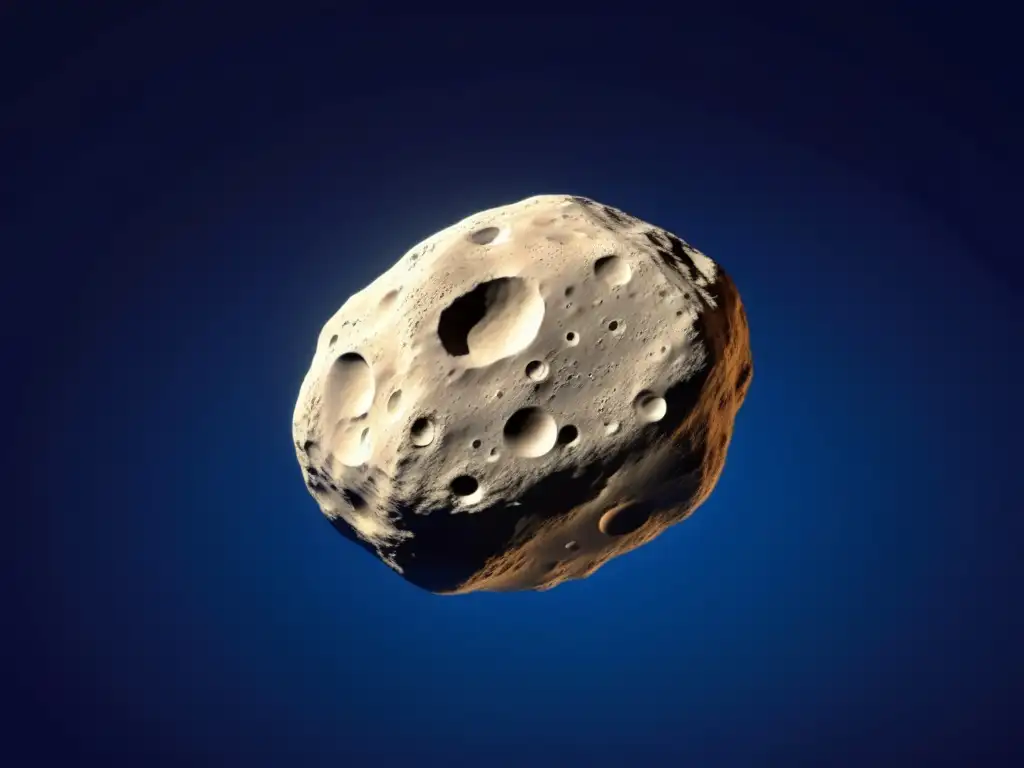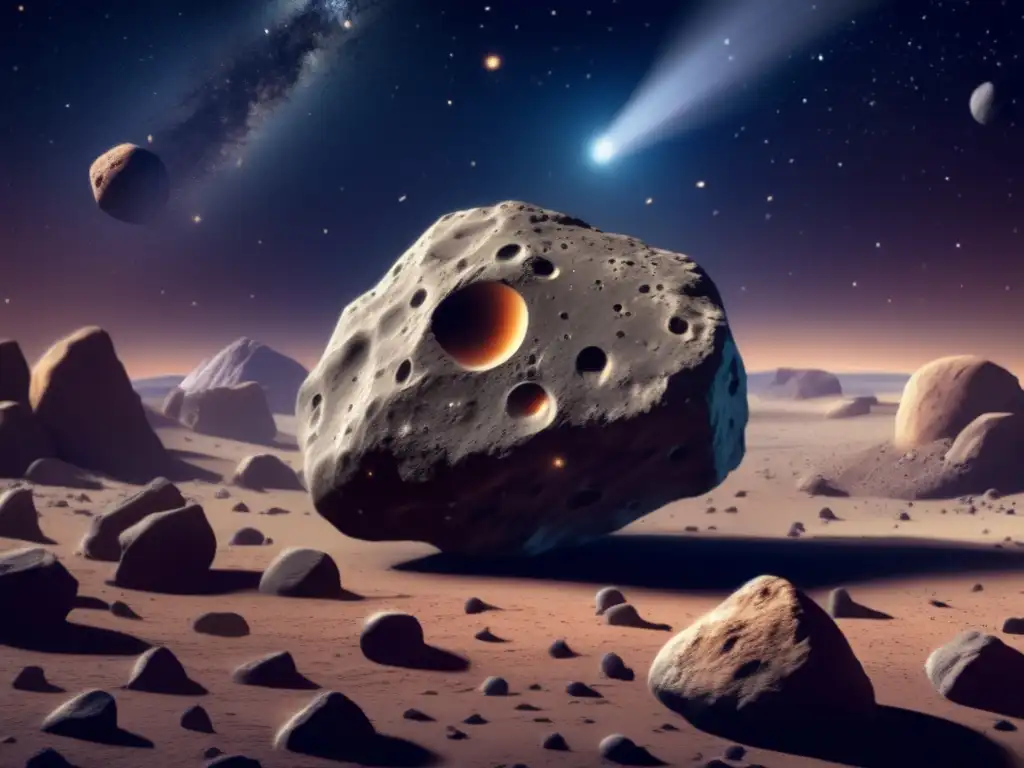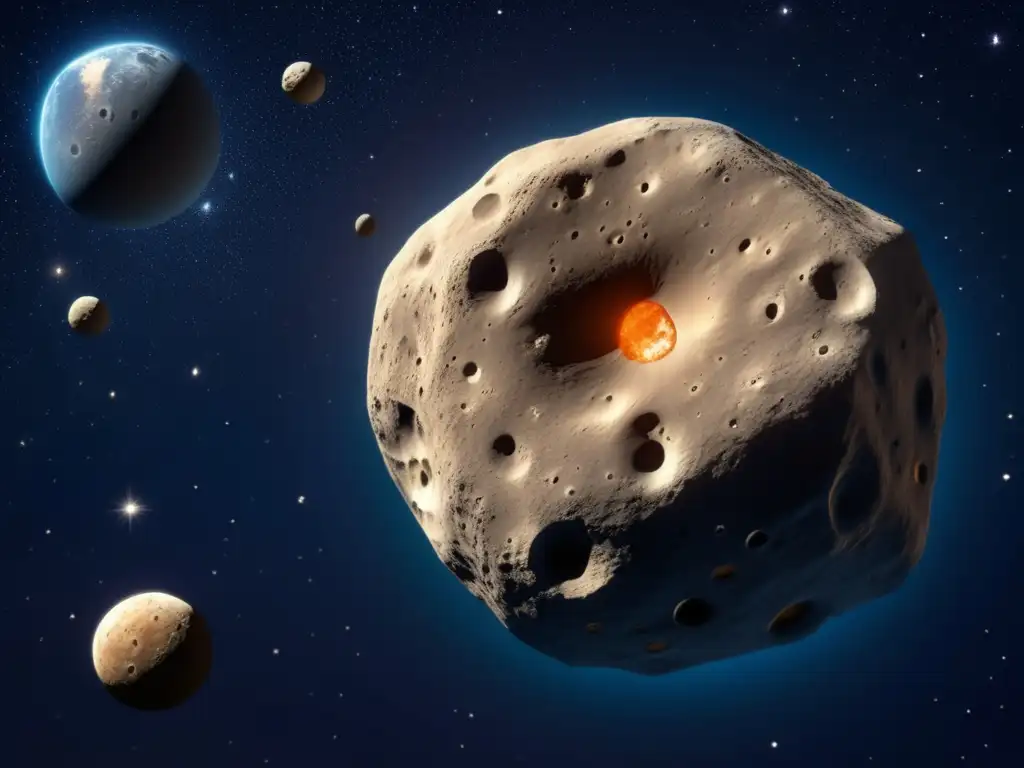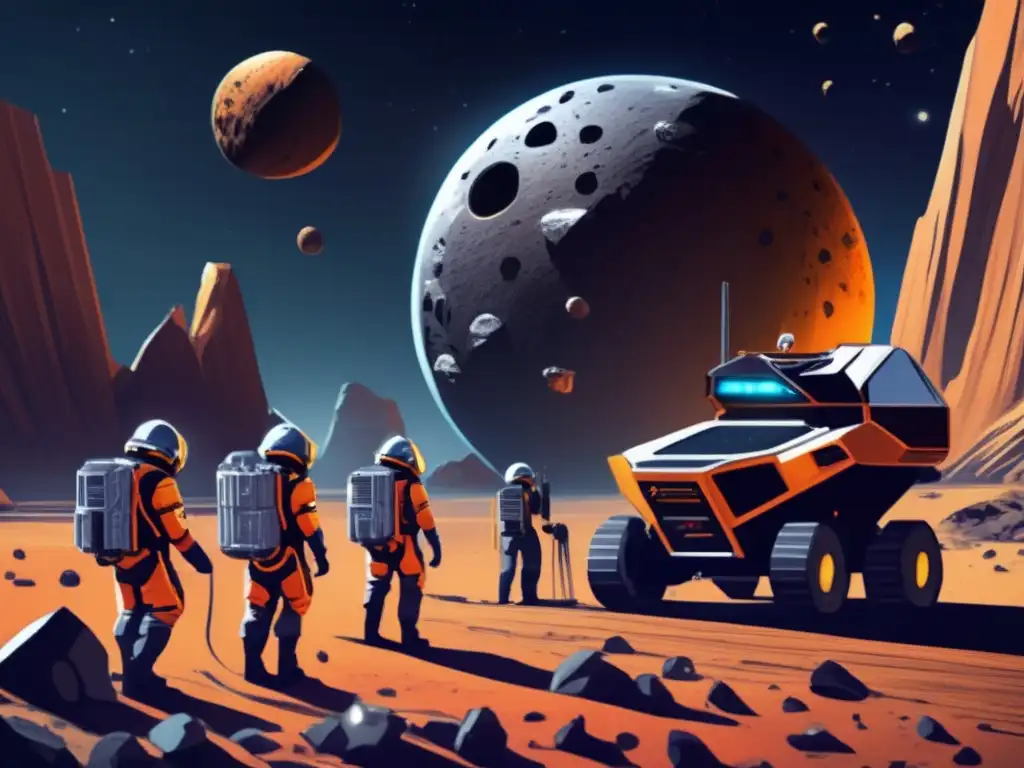A Detailed Study Of Asteroid Thisbe

Introduction
Asteroids have captivated the curiosity of scientists and stargazers alike for centuries. These celestial objects, often referred to as "minor planets," orbit the Sun and are remnants from the early stages of our solar system's formation. In this article, we will embark on a detailed exploration of Asteroid Thisbe, uncovering its unique characteristics and shedding light on its significance in the realm of asteroids.
Discovery and Naming

Discovery
Asteroid Thisbe was first discovered on June 15, 1852, by German astronomer Hermann Goldschmidt. Goldschmidt observed Thisbe from his observatory in Paris and was one of the pioneers in the field of asteroid discovery.
Naming
The naming of asteroids follows a specific set of guidelines established by the International Astronomical Union (IAU). Thisbe is named after a character from Greek mythology, who was the lover of Pyramus. The name was chosen to honor the tragic tale of love in Ovid's Metamorphoses.
Physical Characteristics

Size and Composition
Asteroid Thisbe has an estimated diameter of approximately 110 kilometers (68 miles), making it a relatively large asteroid. It belongs to the Flora family, a group of S-type asteroids characterized by their composition, which primarily consists of silicate rocks and metals.
Rotation and Shape
Studies reveal that Thisbe has an irregular shape, likely resulting from collisions with other asteroids throughout its existence. It completes a rotation every 9.14 hours, indicating a relatively fast spin for an asteroid of its size.
Surface Features
Further analysis of Thisbe's surface reveals a diverse array of geological features. From impact craters to grooves and ridges, each marking tells a story of the asteroid's tumultuous history. Scientists believe that the surface of Thisbe may contain valuable insights into the early stages of our solar system's formation.
Orbit and Location

Orbital Characteristics
Thisbe follows an elliptical orbit around the Sun, situated in the inner region of the asteroid belt between Mars and Jupiter. Its average distance from the Sun is approximately 2.20 astronomical units (AU), with an orbital period of 3.63 years.
Location in the Asteroid Belt
As a member of the Flora family, Thisbe resides in the inner portion of the asteroid belt, which is characterized by a higher concentration of S-type asteroids. Its proximity to other asteroids offers a unique opportunity for scientists to study the interactions and dynamics within this region of the solar system.
Asteroid's History
The history of Thisbe intertwines with the larger narrative of the formation and evolution of the asteroid belt. By studying Thisbe and other asteroids, scientists can gain valuable insights into the processes that shaped our solar system and contributed to the formation of planets.
Missions and Research

Exploration Missions
As of now, no dedicated exploration missions have been conducted specifically targeting Asteroid Thisbe. However, ongoing research efforts continuously contribute to our understanding of this celestial object and its place in the larger context of asteroids.
Scientific Contributions
Scientists have utilized various observation techniques, including ground-based telescopes and space missions, to gather data on Thisbe. These research efforts aim to unravel the mysteries surrounding the asteroid's composition, structure, and formation mechanisms, allowing us to enhance our knowledge of the early solar system.
Future Prospects
With advancements in space exploration technology, future missions to asteroids like Thisbe hold the potential for groundbreaking discoveries. The exploration of this and other asteroids will continue to shed light on the origins of our solar system and provide critical insights for future space exploration endeavors.
Frequently Asked Questions

-
What is the diameter of Asteroid Thisbe?
Asteroid Thisbe has an estimated diameter of approximately 110 kilometers (68 miles).
-
Why was Thisbe named after a character from Greek mythology?
The naming of asteroids often draws inspiration from various sources, including mythology. Thisbe was chosen to honor the tragic love story depicted in Ovid's Metamorphoses.
-
What is the orbital period of Thisbe?
Thisbe completes one orbit around the Sun every 3.63 years.
-
Have any space missions been sent to explore Thisbe?
No dedicated missions have been conducted specifically targeting Asteroid Thisbe; however, ongoing research efforts continue to contribute to our understanding of this celestial object.
-
What can studying Thisbe tell us about the early solar system?
The study of Thisbe and other asteroids provides valuable insights into the formation and evolution of our solar system, contributing to our knowledge of planetary formation processes.
Conclusion
Asteroid Thisbe presents a fascinating case study in the realm of asteroids. From its discovery and naming to its physical characteristics and location within the asteroid belt, Thisbe offers a window into the early stages of our solar system's formation. Ongoing research efforts continue to deepen our understanding of this celestial object, while also paving the way for future exploration missions. As we unravel the mysteries of Thisbe and other asteroids, we gain valuable insights into the origins of our solar system and the dynamics of our universe.
We encourage readers to share their thoughts and engage with www.asteroidrealm.com through comments, subscriptions, and social media sharing. By actively participating, we contribute to the dissemination of knowledge and the advancement of scientific exploration. Thank you for your time and attention.
Additional Resources

For further information on asteroids and related topics, please explore the following resources:
- NASA - Asteroids
- International Astronomical Union (IAU) - Planets and Dwarf Planets
- NASA Solar System Exploration - Asteroids In Depth
 Unraveling The Secrets Of Asteroid Ida
Unraveling The Secrets Of Asteroid Ida What We Know About Asteroid Ate
What We Know About Asteroid Ate Discovering The Composition Of Asteroid Proserpina
Discovering The Composition Of Asteroid ProserpinaIf you want to discover more articles similar to A Detailed Study Of Asteroid Thisbe, you can visit the Asteroid Profiles category.
Leave a Reply

Articulos relacionados: